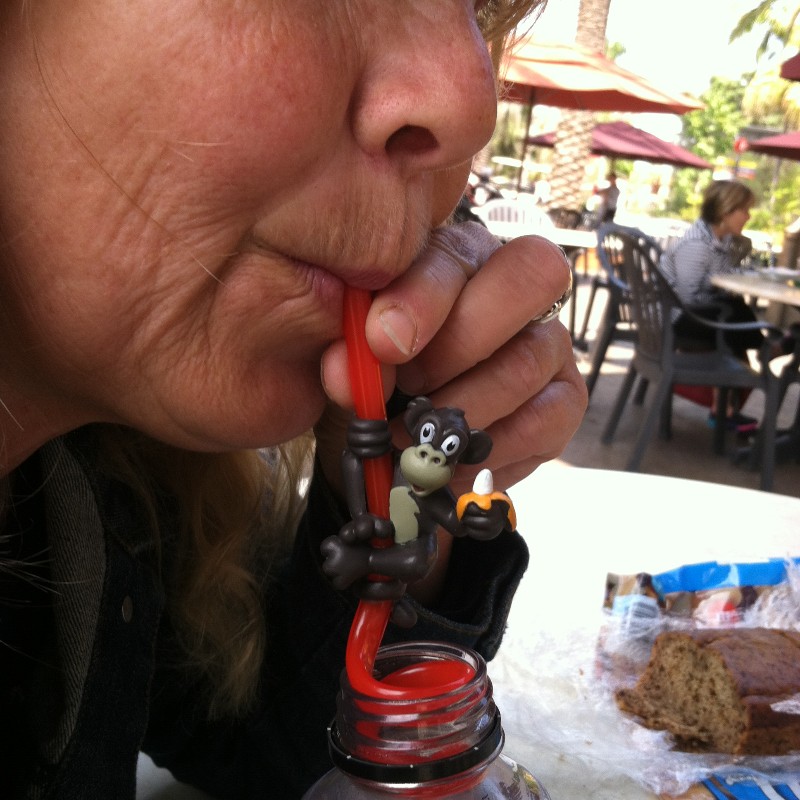One of the options of laser resurfacing helps to reduce facial wrinkles, blemishes, and scars. Wrinkle removal is also referred to as lasabrasion, vaporization, or peel. The surgeon makes use of the laser for sending short, concentrated beams of light on the irregular skin.
 Source: Flickr
Source: FlickrThis helps to remove damaged skin one layer after another. The laser beam utilized seeks to remove the outer layer (epidermis). Then simultaneously helps to heat the underlying skin (dermis). This activity works by stimulating the growth of collagen fibers. Once the treated areas heal, new skin forms to become firmer and smoother.
-
The Benefits
Laser resurfacing plays an important role in improving minor facial flaws including wrinkles or fine lines under or around the mouth, forehead or eyes, scars from chickenpox or acne, sun damaged or aged, and skin that is non-responsive after a facelift. It prevents liver spots, warts, improves the complexion in case you have graying or yellowish tones, prevents enlarged oil glands found on the nose and birthmarks like linear epidermal nevi.
-
The Procedure
In order to achieve the best results, the surgeon performs a series of treatment on the patient for preparing the skin. The treatment begins normally more than 6 weeks before the scheduled procedure. The treatment is normally customized for the particular type in order to minimize complications and to receive the best results from these surgical procedures. Cosmetic laser resurfacing procedures are normally conducted based on outpatient, taking 30 minutes to 2 hours.
The procedure can be painful. Therefore, the surgeon seeks to numb the skin using local anesthetics. Sedative is also administered to help the patient relax. In case, you are choosing extensive resurfacing or having other cosmetic procedures, the surgeon can recommend general anesthetic. Afterwards, the surgeon will administer the patient with painkillers in order to help them keep comfortable. During the preparation, the face is thoroughly cleaned while eye protection is provided.
-
What Goes on After
Once completed, the plastic surgeon will be in a position to apply specialized dressing in order to protect the tissues. The skin that was treated reacts differently. However, normally, it feels like mild sunburn. The patient will have swelling and redness. They may also experience stinging or itching for several days after the surgical procedures.
